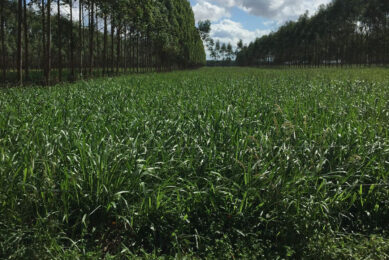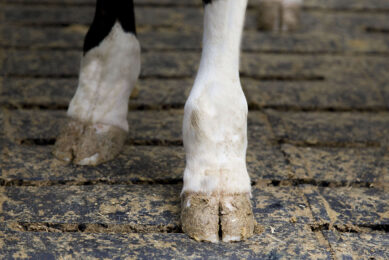Farm Visit: Grazing pigs where dairy cows once roamed
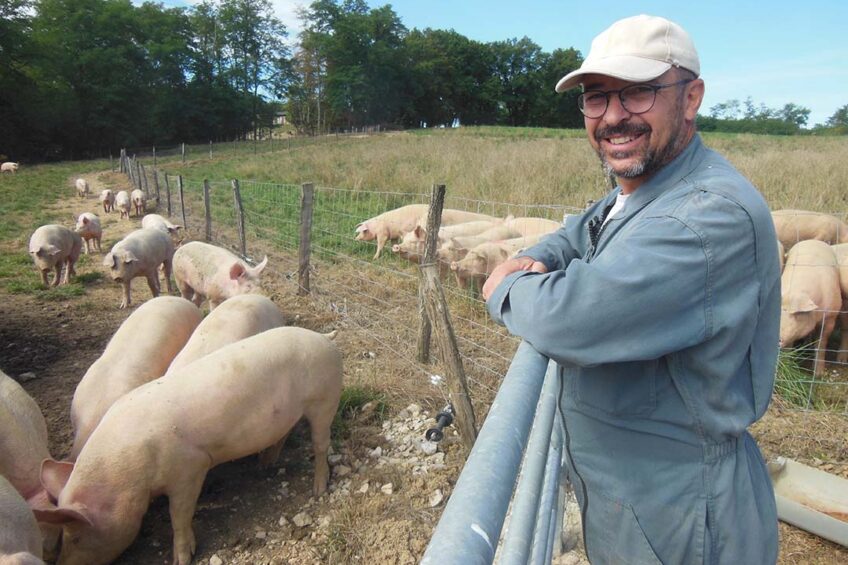
Since 2021, French farmer Eric Girard has chosen to raise pigs in an agropastoral system under the outdoor welfare scheme Grand Porc Pleine Nature. This brand allows him to make money from meadows previously grazed by 65 dairy cows and to produce heavy pigs as demanded by cured meat producers and butchers.
Eric Girard’s farm is located in Domsure (Ain department), in the southeast of France. Unlike Brittany, this area is not typically known for pork production. Wine and cheese, however, are famous products from this region.
Comté cheese is among them, yet Girard says, “Milk production for Comté cheese production was too stressful.” He therefore switched to agropastoral pig production, a breeding method that is not yet very widespread in France.
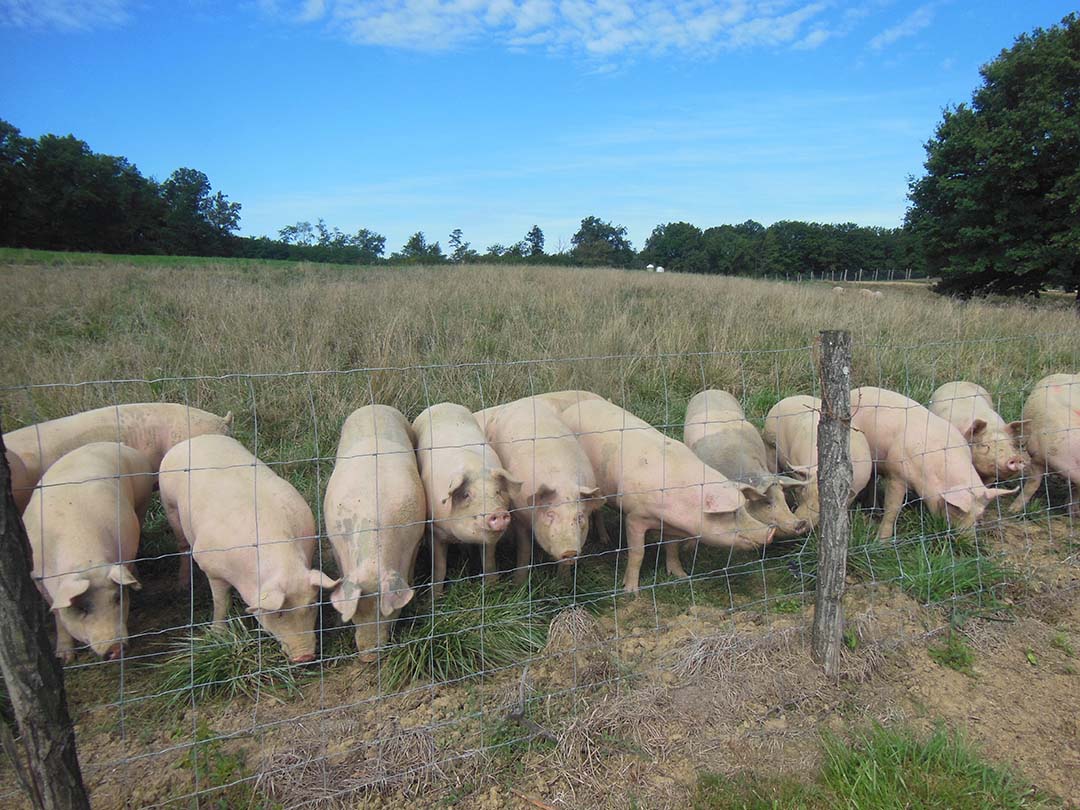
Of the 42 ha of the farm, 22 ha have been developed into nine fields that are on average 2.4 ha each. The scheme Grand Porc Pleine Nature (GPPN), to which he adheres, requires raising the animals entirely in the open air, from weaning to slaughter at 12 months, with a maximum stocking rate of ten animals per ha. “The welfare of the animals is ensured by the presence of huts that allow them to shelter in the event of bad weather.” Numerous hedges and trees present on the plots provide shaded areas.
The first batch of around 30 Large White x Duroc piglets arrived at the farm in June 2021. Weighing on average 28 kg, they came from a post-weaning farm in Romenay (a town located around 20 km from the farm), which in turn had received the animals from a breeding farm near Gerland in the Côte d’Or department, also in the east of France.
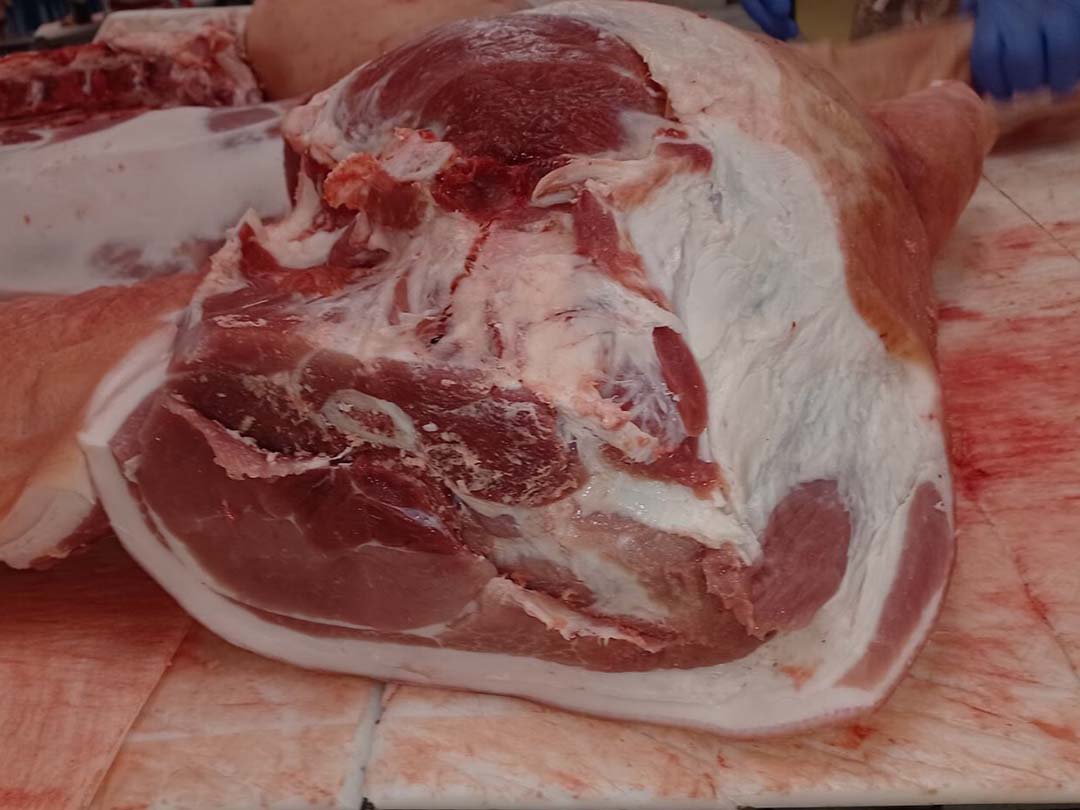
Batches
Every 6 weeks, a batch of around 30 piglets enters the farm, with the exception of a winter break in January and February. Girard says, “The batches remain in the same field for the entire finishing period.” The meadows in the parks consist of a mixture of rye grass, orchard grass, clover and chicory. To guarantee the availability of plant resources until the end of the batch, subplots are created in the fields in winter, with full re-seeding if they are degraded. “The GPPN scheme demands a guarantee that the pigs have access to plant resources throughout the finishing period.”
Each field has a double electric fence (to prevent wild boar attacks), a trough (50 cm/pig) and a straw hut. Hedges and groves offer additional feed resources and shade in summer. Girard buys pelleted feed with 14.7% protein levels from Ets Bernard. This is located in the town Villefranche-sur-Saône (Rhône department). “I feed the pigs once a day in the morning. Pigs adapt very well to this agropastoral breeding system.”
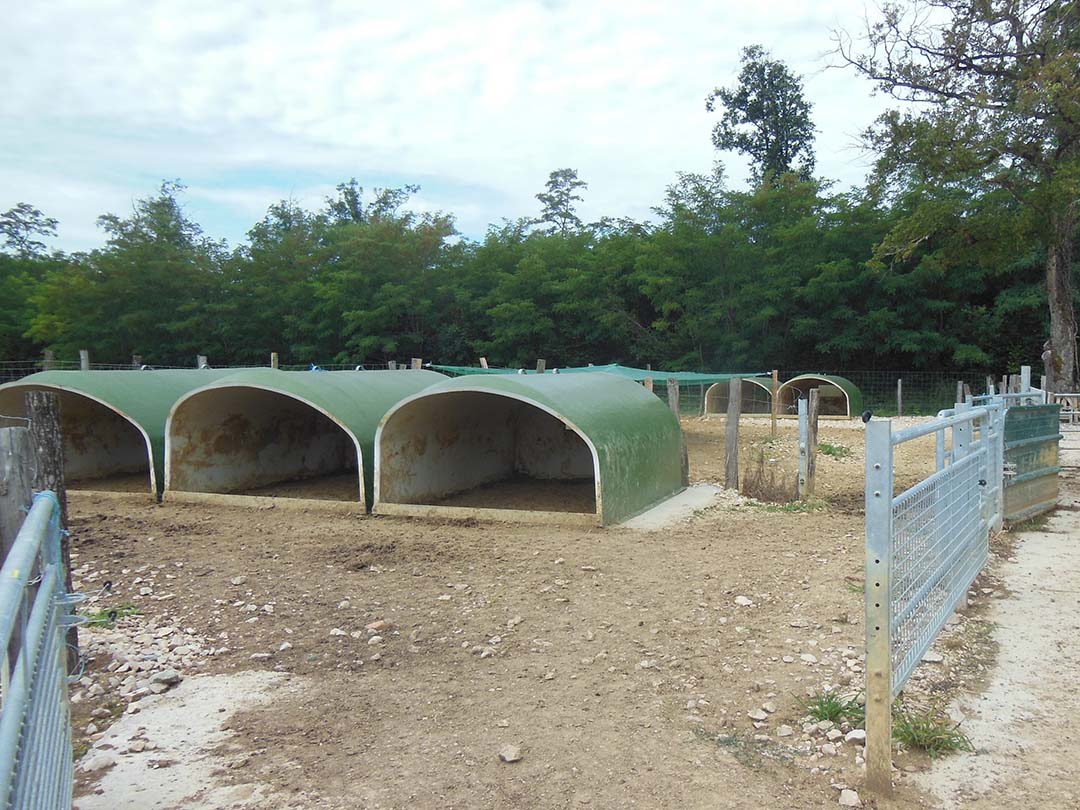
Profitable production
The farm shows nice profitability levels. At 12 months, the pigs have a carcass weight of roughly 167 kg and, thanks to the GPPN scheme, this earns on average € 5.30/kg. In 2022, the farm had a gross margin of € 200/pig and a net margin of € 133/pig (a price that includes CAP premiums). The pigs go to slaughter at Les Crêts in Bourg-en-Bresse. Further processing takes place at Henri Raffin cured meats in La Rochette (Savoie department) or Maison Baud in Annecy (Haute-Savoie department).
“This breeding system brings me much less stress than my previous job in dairy farming,” says Girard. He highlights its profitability, with private withdrawals of around € 2,000/month by pig production in 2022, for a job of around 35 hours/week.
He also points out another positive point for this way of farming. There was starting capital available, as the need for it can be a barrier in the beginning for producers considering this path. According to the GPPN scheme, the investments for a finishing system vary from € 180,000 to € 320,000 depending on the size of the farm, including operating equipment.
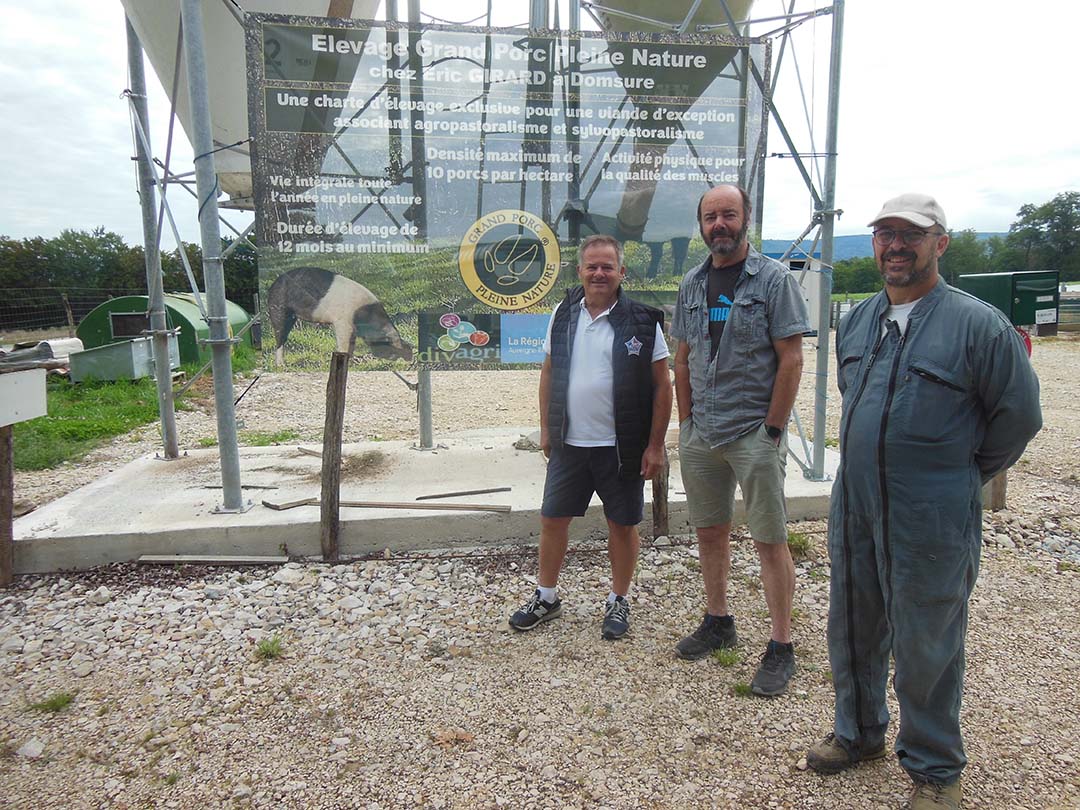
A reference breeding centre for open-air pigs
The Div’Porcs Aura association started in 2013. It has been working for several years on the GPPN scheme. Pierre Arcan is president (and also a pork producer). He says: “GPPN is a scheme, but above all an extraordinary requirement bringing together three essential quality criteria: diet, physical activity and age.”
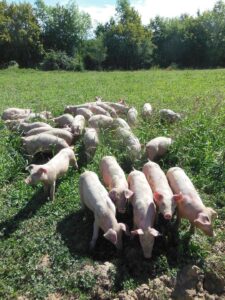
Arcan continues, “Currently our farmers do not really have a pig breed that is suitable for a long breeding period, and whose diets and physical activity produce exceptional meat.” Hence the project to create a reference outdoor pig breeding centre. This is to be based near Tarare and will be managed by the French National Research Institute for Agriculture and the Environment (INRAE). The research centre will have 3 activities: selection and breeding of breeding stock with the creation of a new breed of pig, training of future breeders, and research and development programmes.
For the moment, around ten new breeding farms are working with a mixed bag of genetics (Duroc females and Large Black or Berkshire boars). This initiative started in the region Auvergne-Rhône-Alpes as well as the region Provence-Alpes-Côte d’Azur region – both in the southeast of France. They will produce the first references and constitute a first link with the new research centre.
Arcan says, “2 years ago, we established the first partnerships with cured meat producers who wanted to take up this challenge of excellence.” The end goal, he says, is to create a niche market of homogeneous, standardised products of high quality in terms of flavour.





